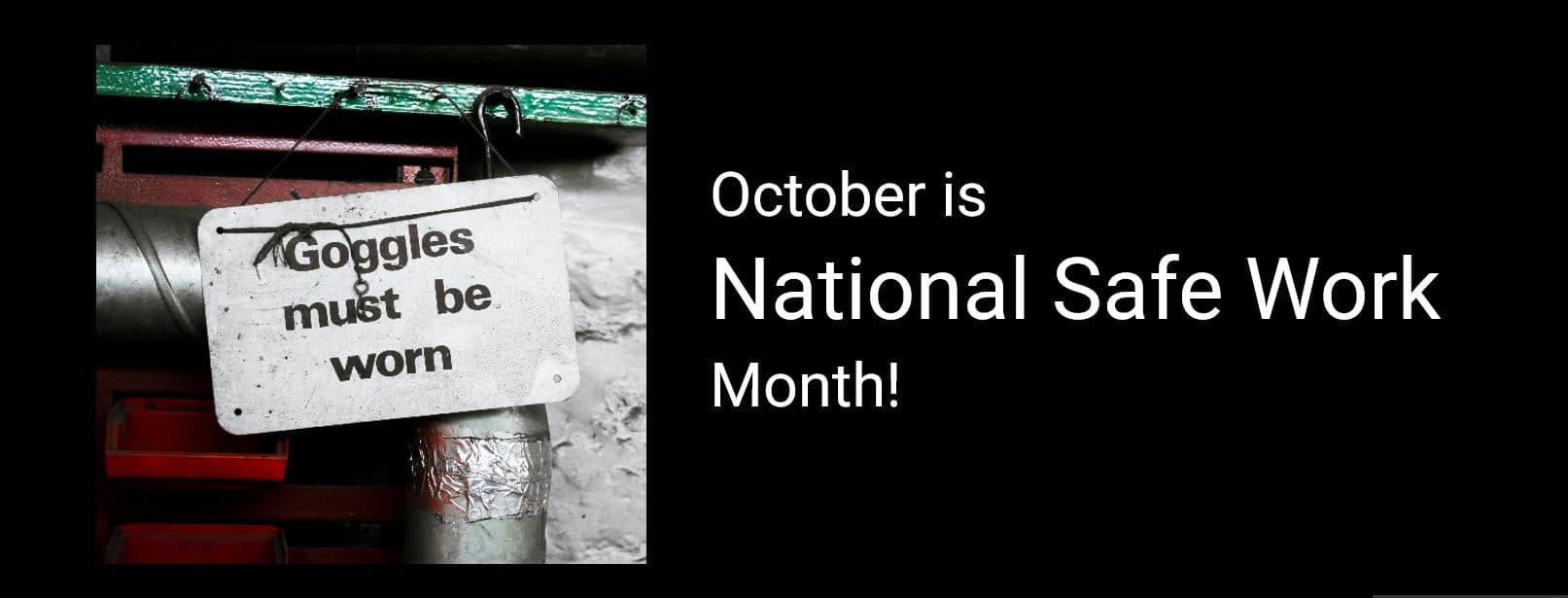Achieving ISO certification is a big win for any business, but it’s just the start. Keeping an ISO Management System going strong requires regular effort and dedication. To help businesses stay on track, Procure Spot has developed six key steps.
Leadership and Commitment
At the heart of any successful ISO Management System is strong leadership and dedication from top management. This means providing regular communication, necessary resources, and proper training for all staff members.
Regular Internal Audits
Often overlooked, internal audits play a vital part in ISO maintenance. They help find non-compliance, measure how well processes are working, and make sure you’re meeting ISO standards. Regular internal audits let your business spot potential issues early and find areas to improve.
Document Control and Review
Keeping accurate and updated documentation is crucial for an effective ISO management system. Your business needs a solid document control process in place. This ensures that all procedures, policies, and work instructions are controlled, reviewed, and updated when needed. Regular documentation reviews let businesses learn from the past, adapt to changes, and align their practices with ISO standards.

Training and Competence
Keeping up with an ISO Management System means continuous training and development. Staff should understand the ISO requirements, their roles within the system, and why their contribution matters. Regular training sessions and workshops help remind staff of ISO principles, inform them of any changes, and make sure they have the necessary skills and knowledge to uphold the system.
Continual Improvement
A thriving ISO Management System comes from businesses that encourage feedback, monitor performance, and check on progress towards objectives and targets. Having a culture of continuous improvement lets organisations find ways to make processes better, reduce waste, and improve customer satisfaction.
External Audits and Re-certification
Keeping your ISO certification means preparing for external audits by accredited certification bodies every six months or annually. This involves ensuring that your ISO management system is being followed consistently and that all required documentation and records are readily available. By successfully passing these external audits, your ISO Management System continues to demonstrate quality and excellence.
By focusing on strong leadership, regular audits, effective document control, continuous training, and open communication, businesses can maintain a strong and effective ISO Management System. By staying committed, businesses can continue enjoying the benefits of ISO certification, improve operations, increase customer satisfaction, and become leaders in their industries.



